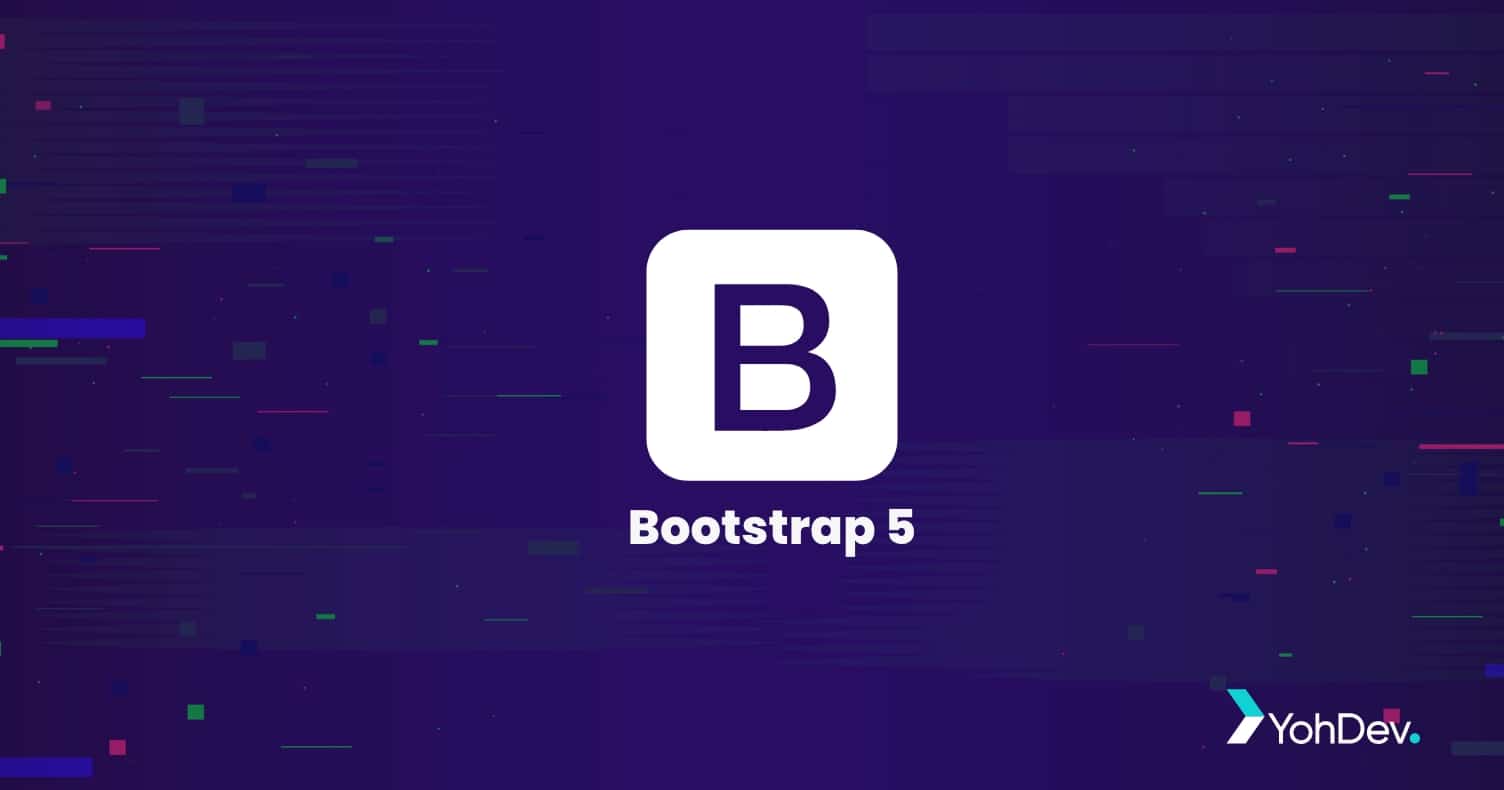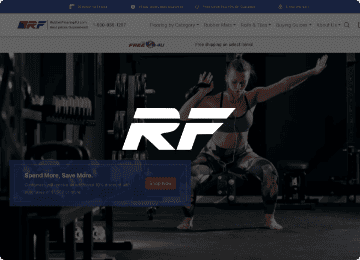Bootstrap 5

Bootstrap 5 is a popular front-end framework for web development that helps developers build responsive, mobile-first websites and web applications. It provides a wide range of styles and components that can be easily customized and integrated into a project, saving developers time and effort in the design process.
One of the main features of Bootstrap 5 is its support for responsive design. This means that the layout and design of a website or application will automatically adjust to different screen sizes and devices, providing an optimal viewing experience for users.
Bootstrap 5 also includes a wide range of pre-designed UI components, such as buttons, forms, navbars, and more, that can be easily implemented into a project. These components are fully customizable, allowing developers to easily match the design to the branding of their project.
Here are three examples of how Bootstrap 5 can be used in web development:
- Creating a responsive navigation bar: A navigation bar is a common element on websites and web applications, and Bootstrap 5 makes it easy to create a responsive one. By using the navbar component, developers can create a navigation bar that adjusts to different screen sizes and devices, and includes features such as dropdown menus and search bars.
- Building a responsive grid layout: Bootstrap 5 includes a responsive grid system that allows developers to create complex layouts with rows and columns. This grid system adjusts to different screen sizes and devices, ensuring that the layout looks great on any device.
- Implementing responsive forms: Forms are an important part of many websites and web applications, and Bootstrap 5 makes it easy to create responsive ones. The framework includes a variety of form styles and components, such as input fields, select boxes, and more, that can be easily customized and implemented into a project.
Overall, Bootstrap 5 is a powerful tool for web developers looking to build responsive, mobile-first projects quickly and efficiently. With its wide range of styles and components, it can save developers time and effort in the design process, allowing them to focus on building the core functionality of their projects.



